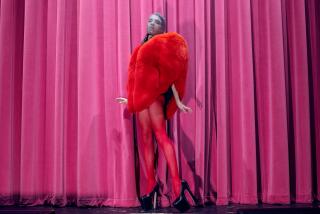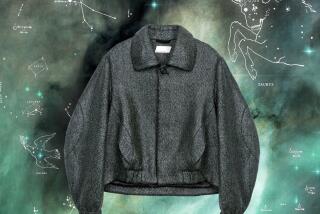A thing of beauty from a lowly mollusk
PEARL: A dense variously colored and usually lustrous concretion formed of concentric layers of nacre as an abnormal growth within the shell of some mollusks and used as a gem
A step down from a diamond, at least in the hierarchy of the court, a pearl is the queen of gems. Some cultures highly value them. Historians speculate that one reason Julius Caesar invaded Britain in 55 B.C. was to get his hands on freshwater pearls.
They were popular jewels before 1892, when Mikimoto Kokichi, a Japanese pearl farmer, invented the cultured pearl, inserting semi-globular mother-of-pearl beads into pearl oysters and inducing them to form half pearls around the beads.
Natural or cultured, pearls by the 20th century were both glamorous and fun. Flappers wore long ropes of them and Coco Chanel used them in her clothing designs.
They’re a little fussy though. They should be kept away from perfume and other chemicals, says Maureen Gribbin of the pearl company Mikimoto. They should be cleaned annually and wiped with a soft cloth after wearing. “Pearls,” Gribbin says, “should be the last thing you put on and the first thing you take off.” So remember: When you’re scouring the tub, wear your diamonds.
--Leslie Earnest
PEARL BASICSTypes and sizes Biwa: Forms in the freshwater of Lake Biwa, JapanBlister: Attached to the inside of the shell as it growsFreshwater: From mollusks, resembling puffed riceSeed: Tiny, used in Victorian jewelryQuestions to ask * Does it have luster, an “inner light?” It should.* How is it shaped? Perfectly round is most valuable, though some prized pearls are very irregular.* Is the color evenly dispersed?* On a necklace, is the strand tightly strung? You want to see the pearls, not the knots between them.Sources: Mikimoto America; rawpearls.com.au






